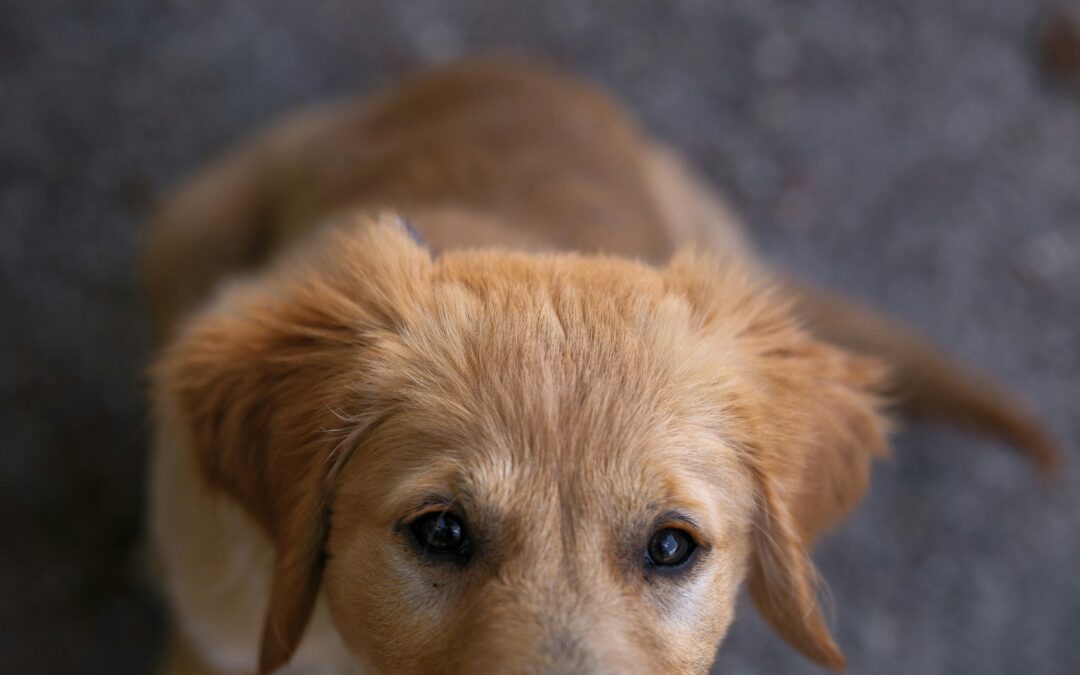The problem with over-friendly dogs and puppies is something I have written about before; however, with so many of you getting new pups, or pups tipping into adolescence, now feels a good time for a refresh.
A friendly, relaxed outlook is great; we do not want nervous, uptight pets. However, there is friendly behaviour, and then there is rude, boorish, overbearing behaviour erroneously labelled as friendly.
Dogs are intelligent enough, but incapable of reasoning that their own behaviour might have caused another dog or person to respond to them aggressively. There lies the rub. Allow your dog or puppy to impose itself uninvited on other dogs, and you risk an unfriendly response that may lead your dog to learn that other dogs are unreliable, resulting in anxiety and possibly aggression down the line.
Of course, some dogs may welcome interactions with most dogs they meet (think classic Labrador). Like humans, our canine friends can be incredibly gregarious and want to be friends with everyone and everything. But others are naturally aloof and picky about interactions (think classic Border Collie). It really pays to help your dog learn how to recognise when another dog does not want to interact- this does not always come as naturally as we would like to believe.
Some dogs are great at reading other dogs; others seem to have a blind spot in this area and are oblivious to subtle canine signals only getting it when the other, exasperated dog lunges and snaps. Teenage pets, driven by hormones, can get addicted to rough play and can cause problems when they impose themselves on other dogs.
All puppy owners should prioritise teaching their youngster the meaning of dog manners and how to interact with other dogs and humans politely; this is good socialisation. Your pup should be exposed to other dogs but under control, learning to ‘read’ other dogs and as a by-product to learn what kinds of behaviour lead to pleasant interactions. One-on-one meetings with older, calmer dogs can teach your pup volumes in canine social etiquette.
Puppy owners should also educate themselves about canine social signalling- how to know when a dog is unhappy, not interested and when an aggressive response is on the cards. If all breeds looked the same, this might be straightforward, but major differences in body shape between dog breeds and types mean there is a lot to learn. Puppy and dog owners alike need to understand what happy, appropriate interactions look like and how to interrupt them once things look as though they are too intense or getting out of control. Most of all, please do not allow other dogs to ‘teach’ your pup what goes and what does not. Not all dogs are good or competent teachers. A puppy badly scared by clumsy discipline from an older dog can develop issues later.
In brief, loose, bouncy body language with gaps and where the dogs take it in turns is positive. Stiff or very still body language, overly fixated interactions where one dog just keeps on at the other without breaks or changing ‘sides’ spells trouble. For more information, see: https://www.youtube.com/watch?v=00_9JPltXHI and https://www.youtube.com/watch?v=WxyotoHWuSM
This article first appeared in the November issue of SE22 magazine.

